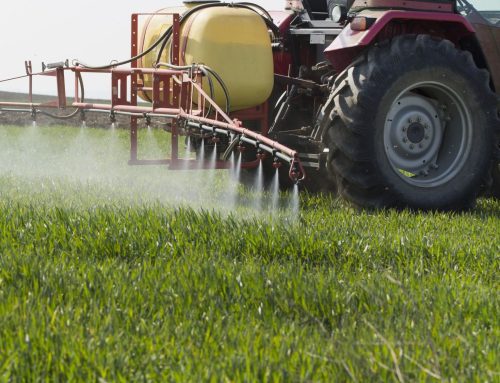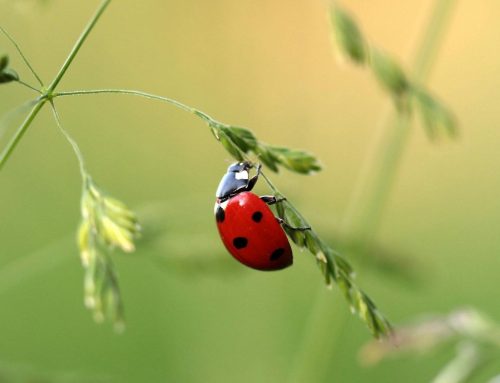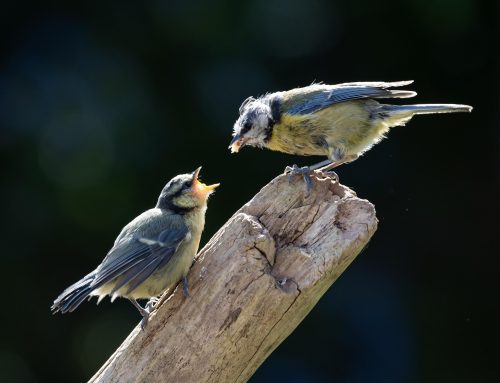by Emma Pavans de Ceccatty, Campaigner, PAN UK
Over 3.9 million people, or 17% of households in England live in social housing. Our council estates come in all shapes and sizes, from semi-detached maisonettes to high tower blocks, housing an equally diverse range of residents. Yet, the ethnic and architectural diversity of these spaces is not mirrored in the natural environment around them. For the most part, dedicated spraying and mowing regimes have led to the creation of lifeless concrete or uninspiring green communal areas.
Lower income residents tend to have substantially less access to green spaces. In addition, according to a recent report by Friends of the Earth, “almost 40% of people of BAME [Black, Asian, and Minority Ethnic] backgrounds live in England’s most green space-deprived neighbourhoods, compared to 14% of white people”. Ending pesticide-use around social housing and providing biodiversity-rich green spaces is, therefore, both an environmental and social issue. Estates should explicitly be included when councils are designing their pesticide-free weed management plans and is an important focus area for pesticide-free campaigners where estates are privately managed.
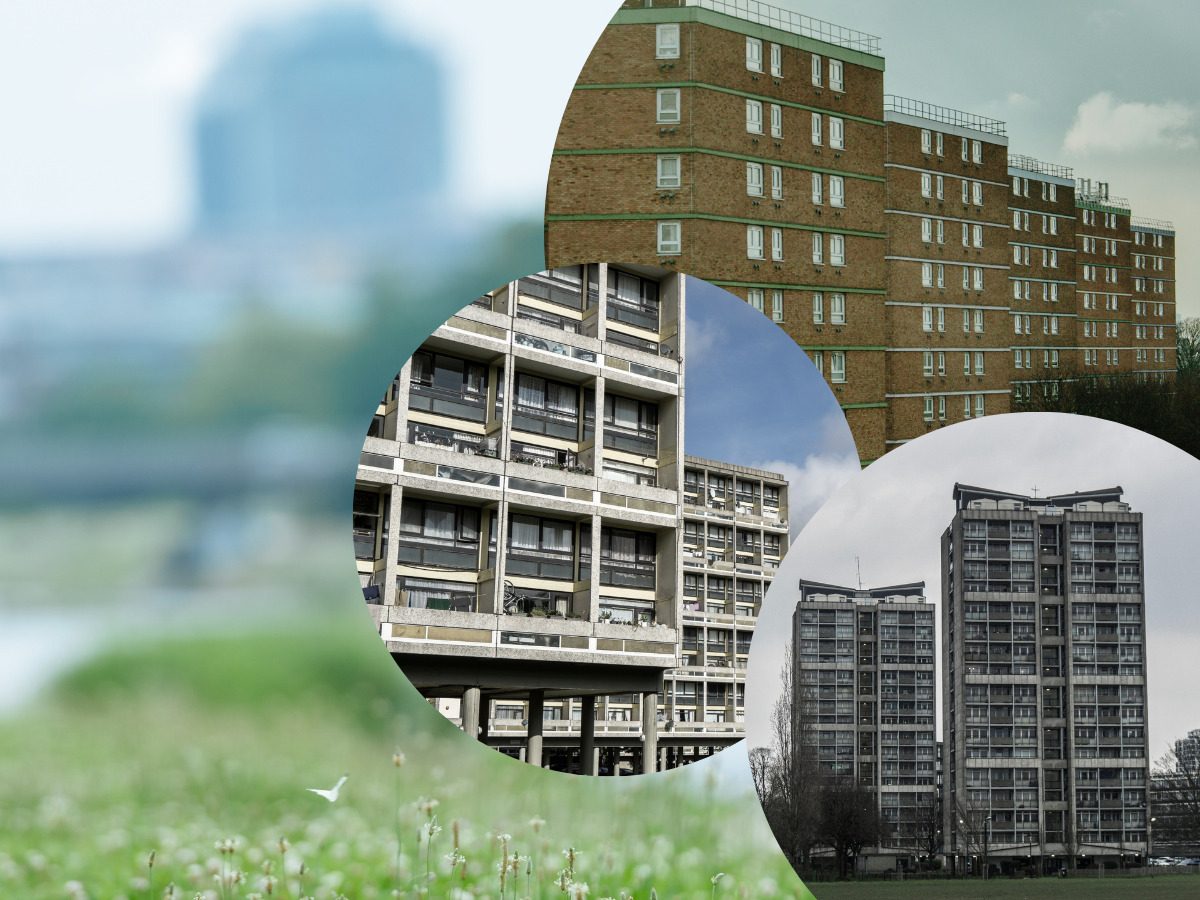
Calling for greener, pesticide-free social housing
There are many different entities that manage social housing estates, from councils and tenant management organisations (TMOs) to private housing associations. It seems that the further away the decision-makers are from the space they are managing, the less likely they are to make decisions that take into consideration the communities’ interest. Carole Wright, founder of Blak Outside and a community garden manager in Southwark, recently shared her community’s feeling of loss over the removal of an old ivy vine that was growing on a red brick estate wall. It hosted families of birds and brought joy to residents, but they weren’t consulted or warned about its destruction after it was deemed to be an overgrown weed.
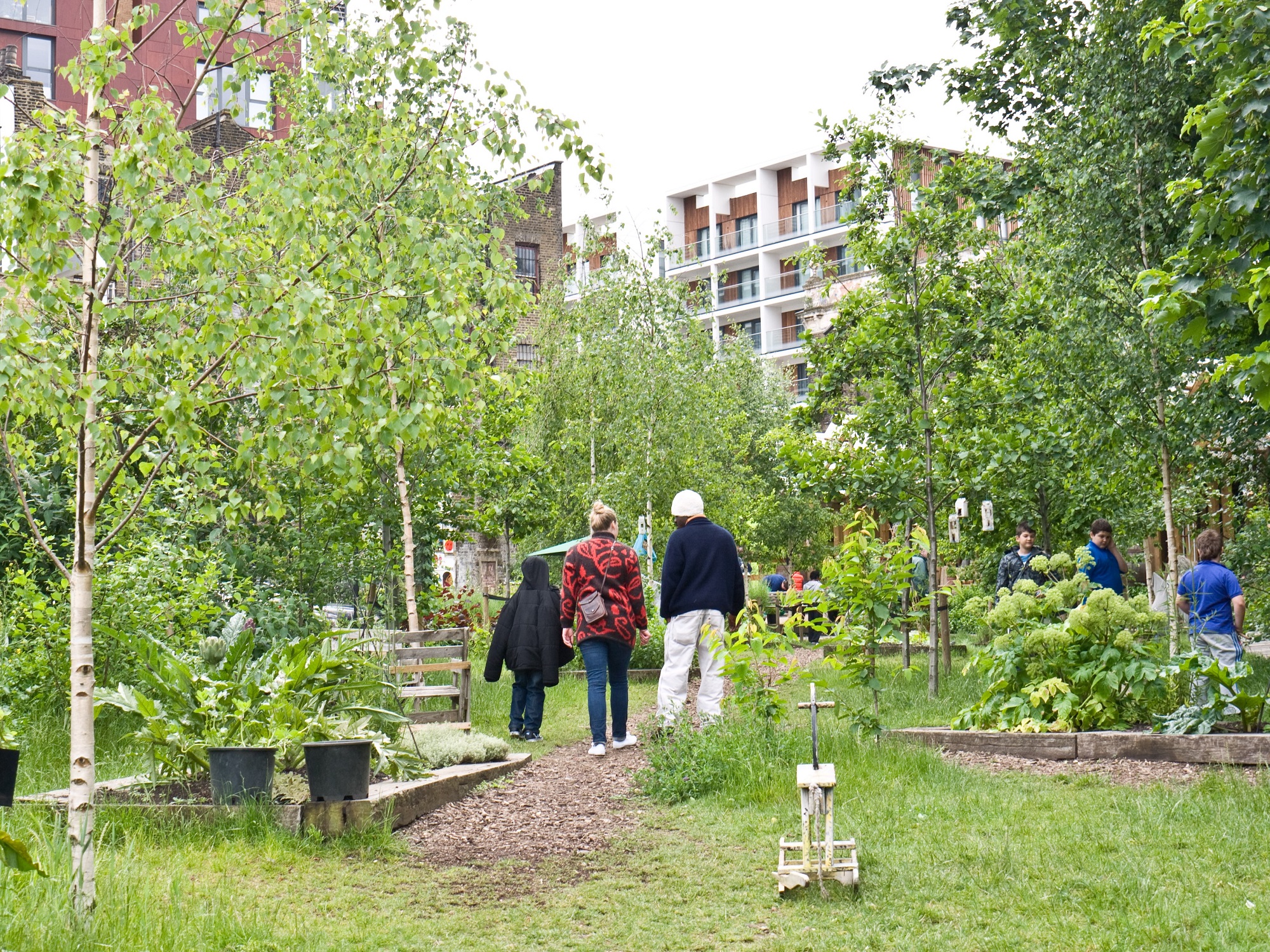
Dalston Eastern Curve Garden. Credit Padmayogini via Shutterstock.com
To avoid stripping estates of their vibrancy, residents should be included in the decision-making process over the look and feel of their environment. Going pesticide-free can include community weeding schemes, the creation of community gardens, or the erection of educational signs on the surrounding biodiversity and how it serves pollinators. As opposed to controversial ‘beautification’ schemes which prioritise the interests of wealthier neighbouring residents, going pesticide-free would benefit the estates’ residents, putting their health and wellbeing at the forefront of decision-making.
On the other hand, going pesticide-free can trigger concerns of increased landscape neglect from residents that potentially already feel marginalised. But ending the use of pesticides should not equate to unkept flower beds and overgrown paths. Pavements can still be neatly weeded, and green spaces can be maintained for biodiversity, with wildflower beds, mowed paths, and planted or naturally-wild tree pits. There are many effective and wildlife-friendly alternative solutions which ensure an active tending of the space – you can view our Alternatives to Herbicides Guide or the UK Centre for Ecology & Hydrology’s (UKCEH) new ‘Biodiversity Toolkit’ for estates.
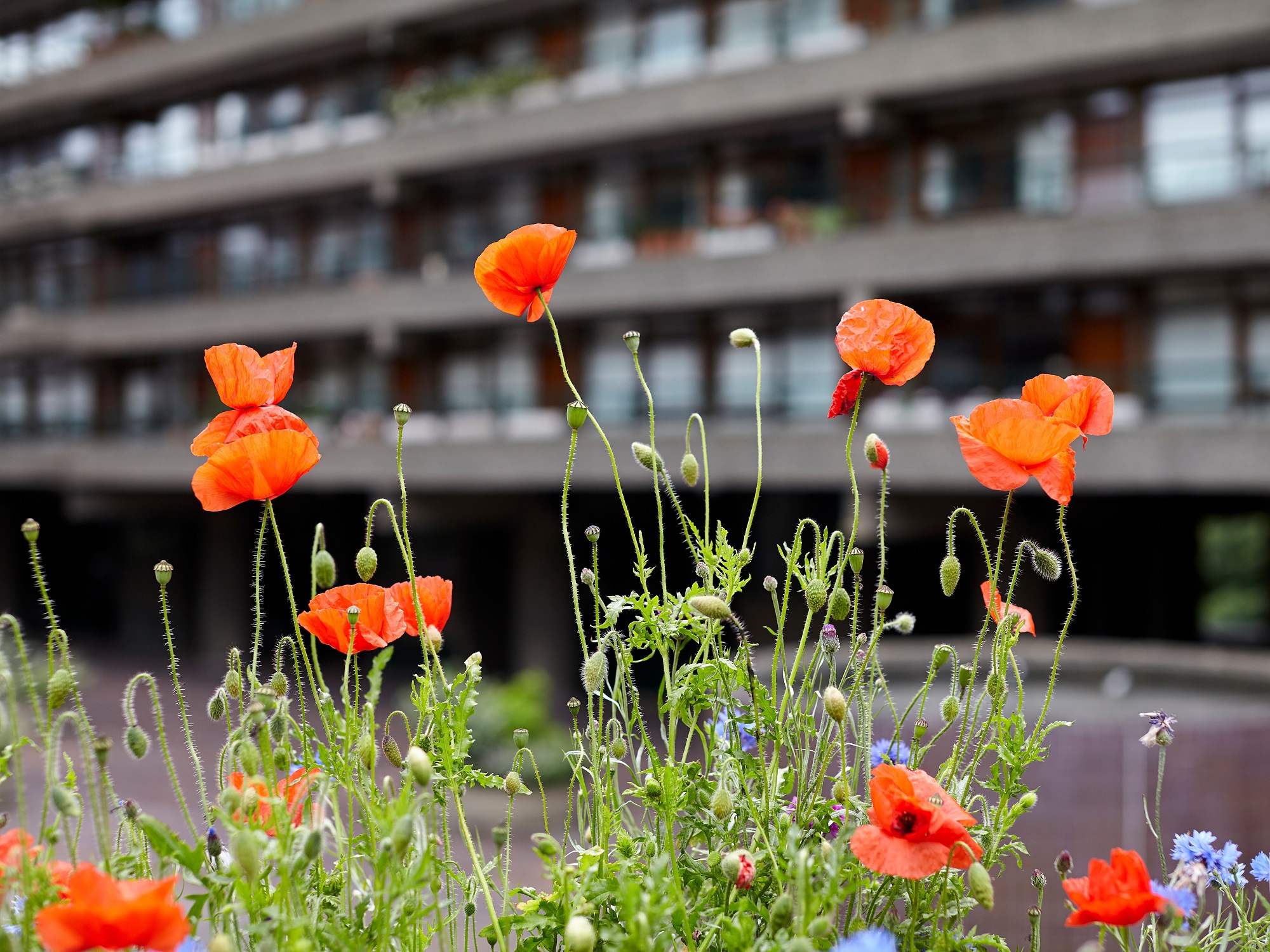
Wild poppies on a London estate. Credit Studio PB via Shutterstock.com
Dedicated residents are already leading the way in pushing for pesticide-bans and shaping their estates’ outdoor spaces into welcoming and engaging green hubs. The Poppy estate is a beautiful example, and influenced Hackney Council’s decision to phase-out pesticides across all of their estates in order to create more wildflower meadows. Other estates have started community gardens and have convinced the council not to spray these spaces. Incredible Edible Lambeth is a great example. Pesticide-Free Colchester managed to get their council to stop using pesticides and pressured the housing association, Colchester Borough Homes, to follow suit. And many more councils across the UK have pesticide bans in place which include their estates, proving that progress is possible.
We all have a right to pesticide-free, safe, and diverse green spaces around our homes enabling our urban communities and wildlife to thrive.


